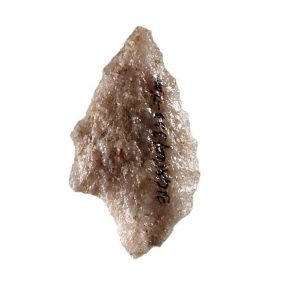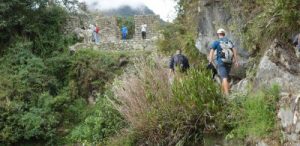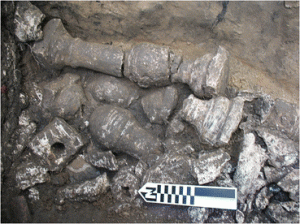In the Old Summer Palace, Beijing, China, lies a ruined fountain near the Haiyan Hall site (“Haiyan” means peace for the country in Chinese). This fountain was built in the year 1759, and was destroyed during the Second Opium War in 1860. The stone base of the fountain was burnt and ruined during the foreign invasion of the eight allied forces. The animal heads used to be attached to their bodies, but the bodies were ruined in the fire as well. The twelve bronze head of the animal zodiac statues (which were the decorations of the fountain) were carried away and left the country.
The fountain used to be a water-driven clock, designed by the Italian painter Castiglione and made by Qing Dynasty’s royal craftsmen. The twelve animal zodiacs of China include the Rat, the Cow, the Tiger, the Rabbit, the Dragon, the Snake, the Horse, the Sheep, the Monkey, the Rooster, the Dog, and the Boar. The twelve zodiac statues were placed in front of the Haiyan Hall, in two rows facing the small pond. The statues combined Western design with Chinese carving skill, and every wrinkle and hair of the animals were carved out with amazing details. They represented a combined cultural value between the East and Western world, and the water-driven clock was also one of the milestones of the Qing Dynasty craftwork.
Because in China the twelve terrestrial branches are represented by animals, and were also the main time system that people used, these twelve animal statues were placed in their terrestrial order as a clock. Like the twelve marks on the clock we now use but only arranged horizontally, these statues essentially constitute a modern mechanical clock. For every hour, the corresponding animal statue will spit out water into the pond to tell time. The design was practical and delicate.
The twelve animal head statues are lost and sold as looted artifacts around the world, and now only seven of them are returned to the Old Summer Palace. They mostly ended up in auctions, and the most expensive one was traded with 69,100,000 Hong Kong dollars (8,827,450 US dollar). Recently, on November 13, the private collector and businessman Stanley Ho returned the head of the Horse zodiac to the Old Summer Palace. Before the Horse head, the Rat, the Cow, the Tiger, the Horse, the Monkey, the Rabbit, and the Boar were also found and returned by multiple means.
Additional Readings:
Terril Yue Jones
2013 Two Bronze Animal Heads, Stolen 153 Years Ago, Returned To China. Electronic Document,
CGTN
2015 Bronze animal heads from Summer Palace displayed in Shanghai. Video,
References:
BBC
2009 Chinese zodiac statues’ origins. Electronic Document,
http://news.bbc.co.uk/2/hi/asia-pacific/7918933.stm, accessed December 7, 2019.
BkCreative
2013 The Search for the 12 Missing Chinese Zodiac Antiquities of China. Electronic
Document, https://hubpages.com/travel/The-Search-for-the-Lost-Zodiac-Antiquities-of-
China, accessed December 7, 2019.
China Daily
2019 Chinese Zodiac Statue Heads Home. Electronic Document,
http://www.ebeijing.gov.cn/Home/News/t1606424.htm, accessed December 7, 2019.


















